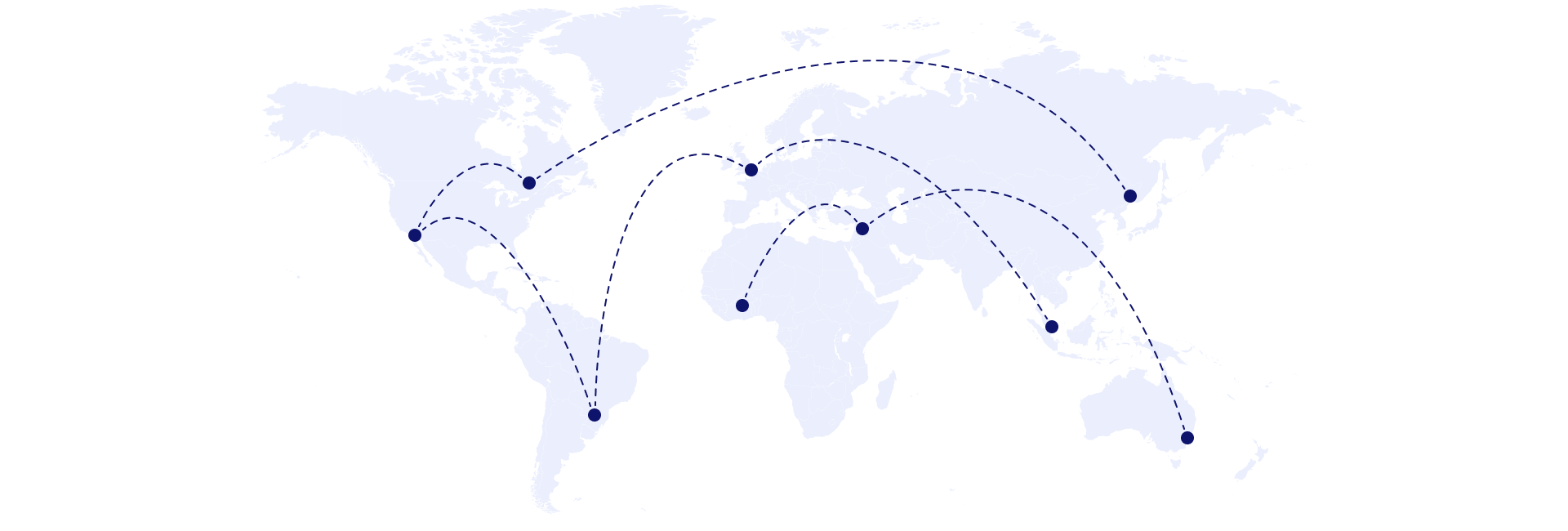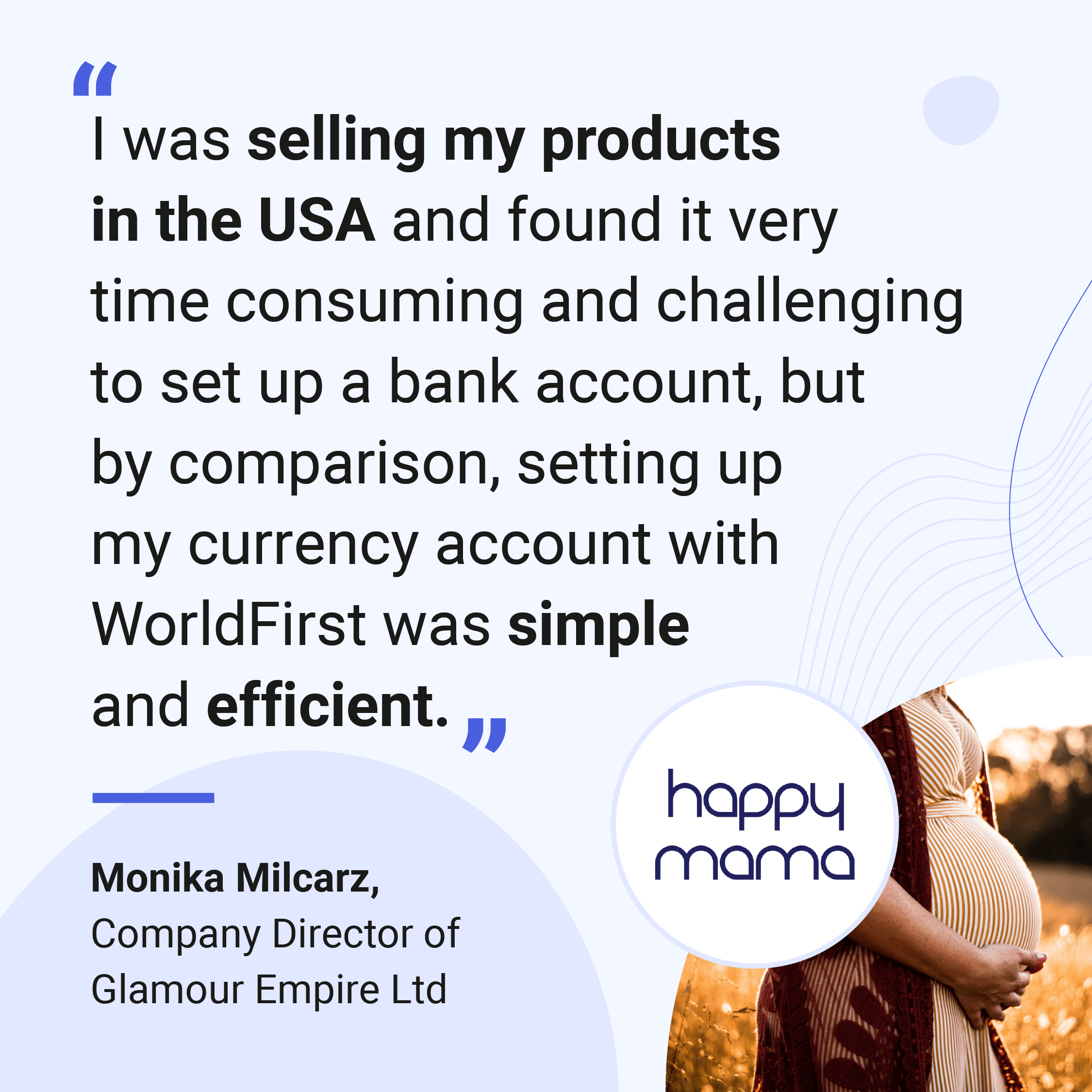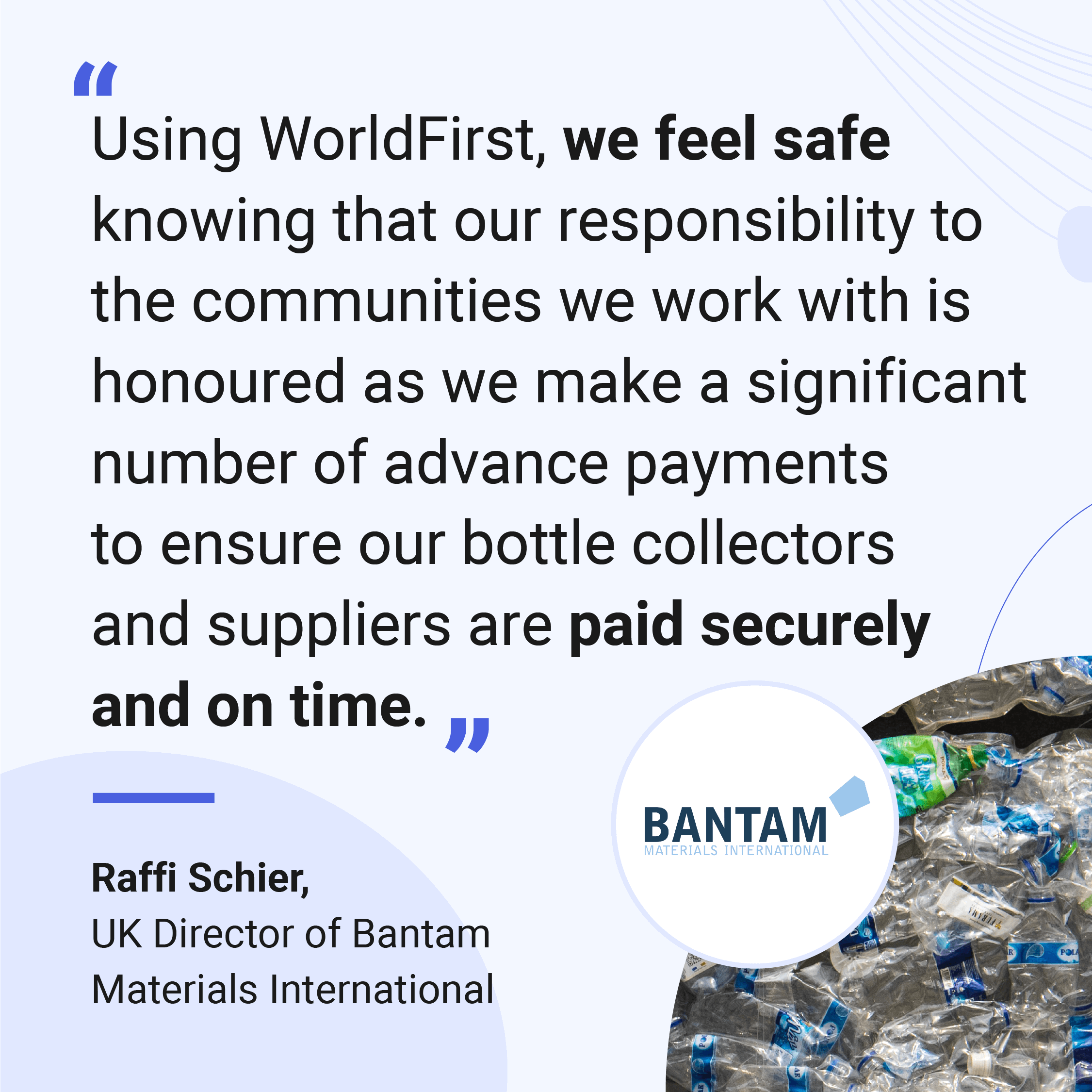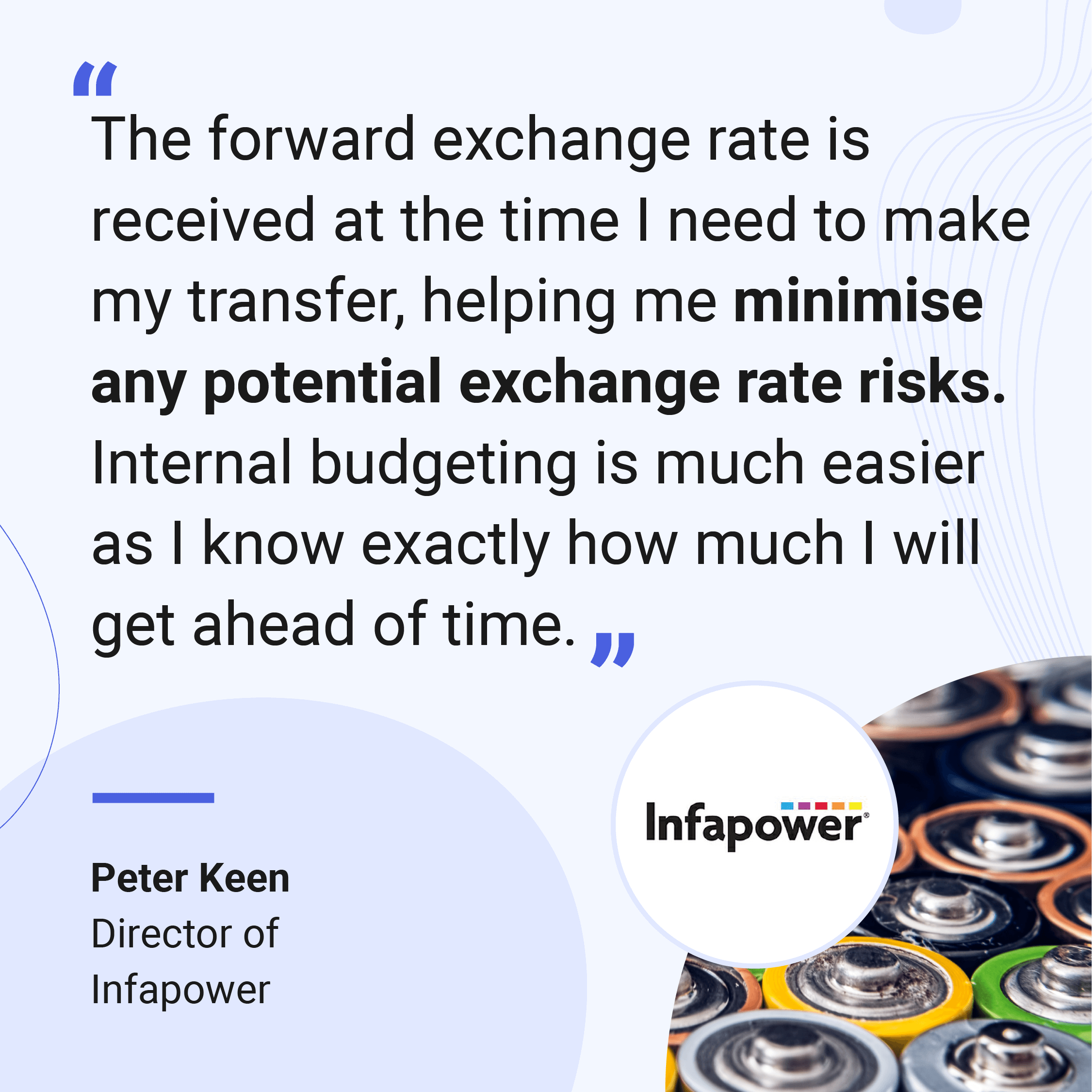
When a business wanted to expand globally in the past, each new location was set-up manually. Designated local workforces (with local experts) were assigned, with secure regionally – specific tech. This ended up being a time-poor and expensive experience for the parent company.
One of the estimations for the growth of cross border e-Commerce turnover by the end of 2020 is that it would reach $1 trillion stemming from 848 million shoppers[1] . This represents a huge opportunity for growing a business globally. Understanding which part of this consumer base is the right audience for your business is the first step in your international expansion planning.
How local will you go?
Once you have selected your target country, it’s vital to decide which part of the consumer base in that region is most relevant. Not only to understand the revenue opportunity but so you have a sense of the localisation requirements you need to consider. Keep the local customer and how they behave when engaging with businesses like yours front-of-mind, letting it inform part of your roll-out plan. This is where translations, product messaging, regional nuances, partnerships and customs impact your localisation approach.
As part of your digital outreach, having a localised website will be key to your success. Consider whether you can manage this website development in-house or if an external localisation service is required. Make sure your website allows you to consolidate a suite of secure and flexible systems covering data, your chosen commerce platform, payments (if separate from your commerce platform), customer service and FX where appropriate. Machine learning capabilities should be part of websites back end systems.
Aim to direct consumers to web pages in their native language and set up in such a way that you’re ready to accept payments supporting a range of currencies from customers around e world. There are some key facts and figures to keep in mind that speak volumes about the importance of localisation for corporate websites:
There are some key facts and figures to keep in mind that speak volumes about the importance of localisation for corporate websites:
- the localisation industry is expected to grow to USD 45 billion in 2020 [2]
- a whopping 87% of non-English users said they wouldn’t buy a product from a website that’s in English [3]
- at the same time, only 1% of US retailers offer websites localised for the Chinese market
- 3% of China’s retail sales occur online and by the end of 2020 online retail sales in China will reach 55.80% [4]
Even though the global market continues to expand, online sellers continue having difficulties with finding a favourable platform that helps them manage their FX and how this impacts revenue creation.
To increase the revenue, your business can achieve from executing an international expansion plan, you need to have a clear strategy on how it will be rolled out. You need to have a plan of which regions you want to expand your business into, looking at the local and global competition in those regions, and be ready to test and iterate. Ensuring the solutions, you use to manage moving money across these regions will be critical to your business expansion. Having a secure FX platform with low fees will allow you to accept foreign currency payments easily and securely which means the continued flow of new revenue across those regions.
Collecting multiple currencies
If you want to accept payments from customers around the world, you need to enable the collection of those payments in multiple currencies. This means opening a multi-currency account that works on a global basis which allows you to accept payments from your customers from anywhere in the world. These types of multi-currency accounts will allow you to make payments to others or to collect payments from your clients and customers.
Whether you’re a CFO or a Finance Director partnering with an FX provider like WorldFirst can help overcome challenges with revenue leaks. The FX service you choose should include same or next-day processing, so you can count on your funds arriving in line with your operations workflow. This can impact many components of your supply chain such as how you manage dropshipping in your expansion approach.
Open a World Account for free
- Open up to 15 local currency accounts, with local sort codes, account numbers and IBANs
- Collect secure payments from 130+ marketplaces, overseas buyers and payment processing gateways
- Pay suppliers, partners and staff in 40 currencies without hidden fees
- Pay and get paid easily with local bank details on your invoices
- Lock in conversion rates to manage your currency risk
Dropshipping enables businesses to meet inventory needs while reducing overstocked warehouses, lowering storage and stock carrying costs, as well as mitigating the risk of having too many products left in stock that may not sell. It also could potentially mean faster delivery because inventory is available from more diverse locations, some of which will be closer to your end customer. Working with an FX specialist who collects your funds and pays your overseas suppliers in local currencies securely, using multiple local currency accounts and has no hidden fees is a critical part of making sure payment for your sold items arrives as soon as possible, so that your supplier is paid, and the product gets to the end customer on time.
Converting foreign currencies
Some traditional banks and FX providers may charge you a significant fee for converting foreign currencies into your local denomination, which can result in decreased margins.
Identifying the most favourable FX conversion fees in the market can mean overcoming any lack of visibility on where possible charges can occur when converting your funds across borders. Having transparent tiered pricing with a fixed fee based on your annual trading volume means that you will know what rate you’ll receive on every trade, ahead of time.
This level of transparency when converting your foreign currency is invaluable when pricing up an invoice which takes your fixed margins into account, giving you a better cost forecast.
Getting started…
Succeeding with your international expansion plan and growing your revenue and customers globally, whether you’re an online seller, new or established business is dependent on your planning, localisation approach, chosen FX partner, use of platform technology and your ability to adapt. Contact us today to discuss how WorldFirst can help you.
[1] https://internationalfinance.com/the-rising-challenges-and-opportunities-of-cross-border-trade/ [2] https://www.statista.com/statistics/257656/size-of-the-global-language-services-market/ [3] https://csa-research.com/More/Media/Press-Releases/ArticleID/31/Survey-of-3-000-Online-Shoppers-Across-10-Countries-Finds-that-60-Rarely-or-Never-Buy-from-English-only-Websites [4] https://www.emarketer.com/newsroom/index.php/2019-china-to-surpass-us-in-total-retail-sales/
Businesses like yours trust WorldFirst
- Almost 1,000,000 businesses have sent $150B around the world with WorldFirst and its partner brands since 2004
- Your money is safeguarded with leading financial institutions

What our customers say about our services




